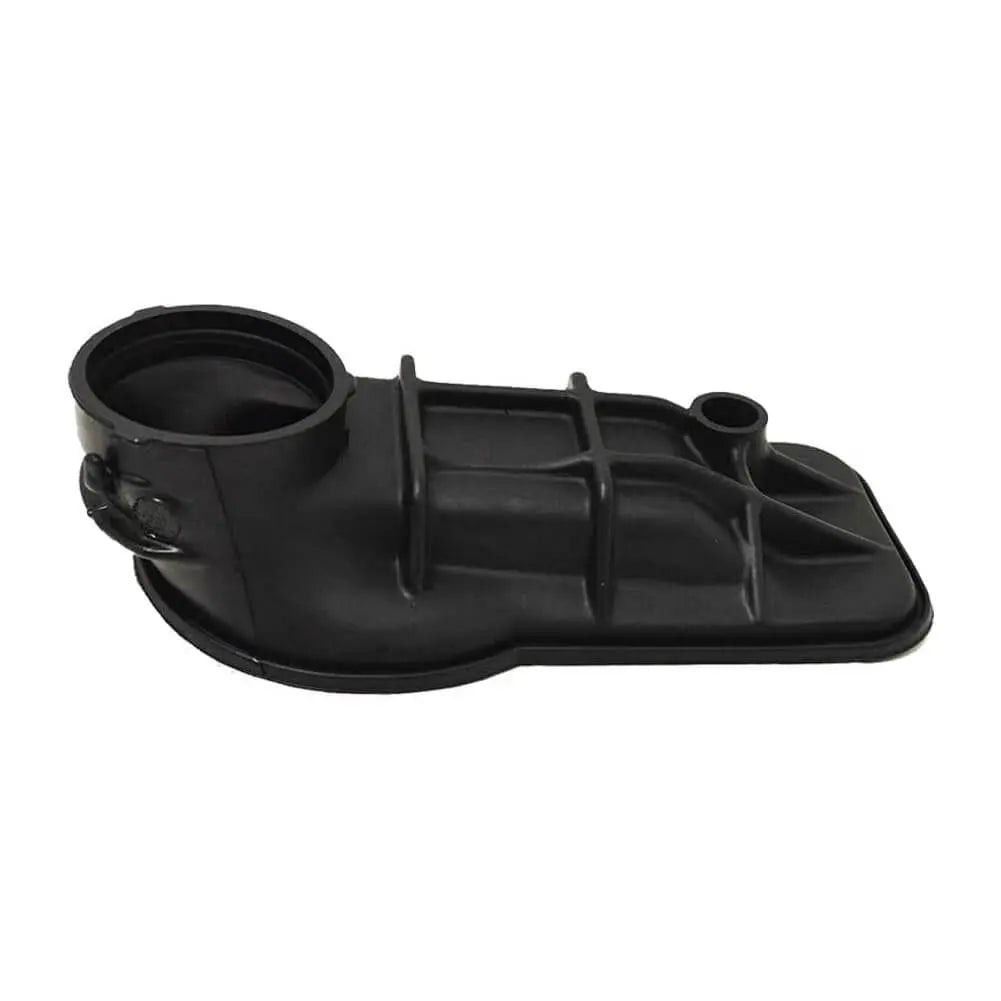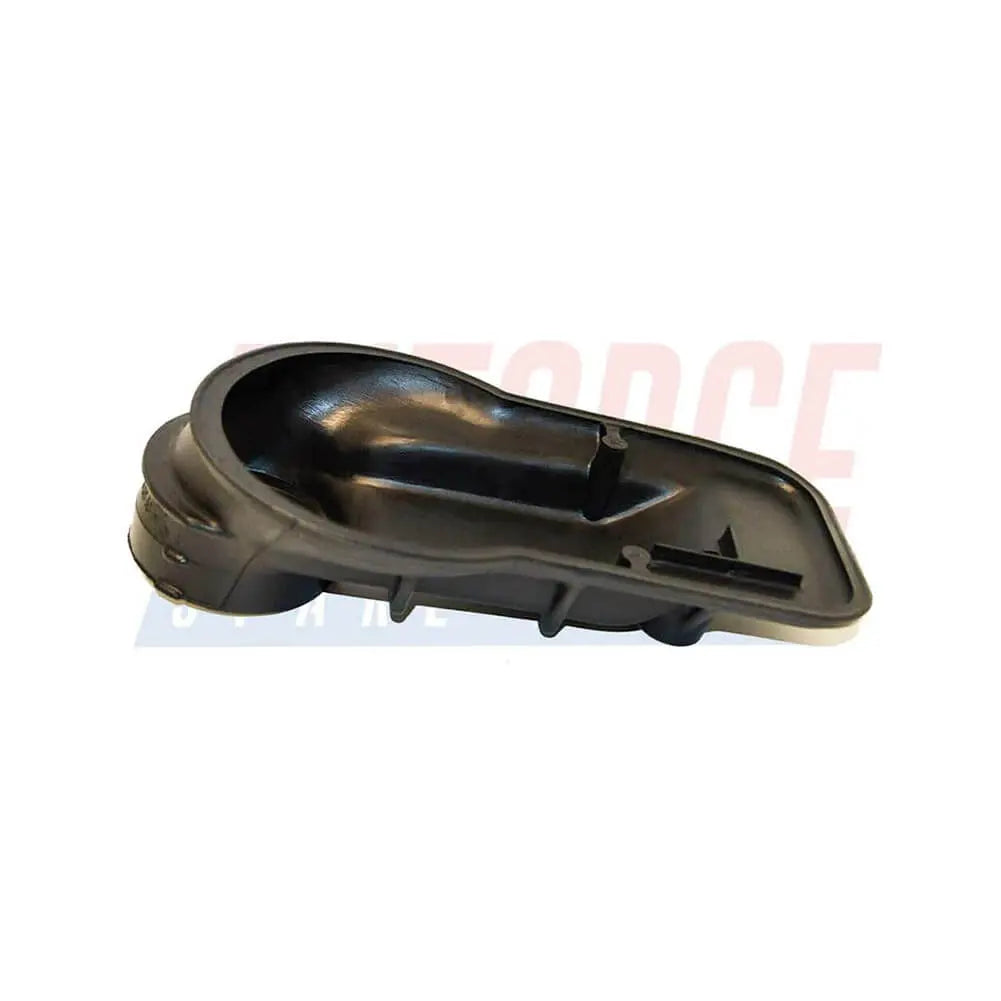Shop by Category
Mass Air Flow Sensor
1 product
Showing 1 - 1 of 1 product
Understanding the Importance of Mass Air Flow Sensors in Modern Cars
In the modern era of automotive technology, vehicles are equipped with an array of sophisticated systems and sensors that work together to optimize performance, fuel efficiency, and emissions. One crucial component in this complex network is the Mass Air Flow (MAF) sensor. This article aims to shed light on the significance of MAF sensors in cars, their operation, and the role they play in maintaining the optimal functioning of the engine.What is a Mass Air Flow Sensor?
The Mass Air Flow sensor, as the name suggests, measures the amount of air entering the engine. It is a critical component of the engine management system, responsible for determining the precise amount of fuel required to achieve the ideal air-fuel mixture. The MAF sensor provides valuable data to the engine control unit (ECU), allowing it to make real-time adjustments for optimal combustion and performance.How Does a Mass Air Flow Sensor Work?
MAF sensors use various technologies to measure the incoming air mass accurately. The most common type is the hot wire sensor. It consists of a heated wire positioned in the path of the incoming air. As air passes over the wire, it cools down the wire, affecting its electrical resistance. The MAF sensor measures this change in resistance to calculate the air mass flow rate.Benefits of Mass Air Flow Sensors:
1) Precise Air-Fuel Ratio: The MAF sensor plays a vital role in maintaining the ideal air-fuel ratio required for efficient combustion. By accurately measuring the incoming air mass, it ensures that the correct amount of fuel is injected into the engine, maximizing power output and fuel efficiency.2) Enhanced Engine Performance: Proper air-fuel mixture ensures optimal engine performance. With accurate data from the MAF sensor, the ECU can adjust ignition timing, fuel injection, and other parameters to provide smooth acceleration, better throttle response, and overall improved engine performance.
3) Emission Control: The MAF sensor aids in controlling emissions by facilitating the optimal combustion process. When the air-fuel mixture is accurately regulated, harmful pollutants such as nitrogen oxides (NOx) and carbon monoxide (CO) are minimized, contributing to cleaner exhaust emissions and compliance with environmental regulations.
Maintenance and Troubleshooting:
Like any other automotive component, MAF sensors require periodic maintenance and can occasionally face issues. Here are some key points to consider:1) Cleaning: Over time, dirt, oil, and debris can accumulate on the MAF sensor's hot wire or sensing element, affecting its accuracy. Regular cleaning, using a specialized MAF sensor cleaner, can help prevent performance issues.
2) Sensor Failure: A malfunctioning MAF sensor can cause drivability problems like rough idle, hesitation, or stalling. If experiencing such issues, it is advisable to have the sensor inspected or replaced by a qualified technician.
3) Diagnostics: Modern vehicles often have onboard diagnostics that can detect MAF sensor problems. If the check engine light illuminates, it is recommended to retrieve the trouble codes and consult a professional for proper diagnosis and repair.
Mass Air Flow sensors play a crucial role in the operation of modern car engines. By accurately measuring the incoming air mass, they ensure optimal fuel delivery, performance, and emissions control. Understanding the significance of MAF sensors and performing regular maintenance can help keep your vehicle running smoothly and efficiently, contributing to a reliable and enjoyable driving experience.
Showing 1 - 1 of 1 product
Display
View


Fuel Injection Air Flow Meter Housing For Mercedes W124 190 (W201) G-Class (W460) - A1021410990
Sale price£12.90
No reviews
In stock
Filters (0)
